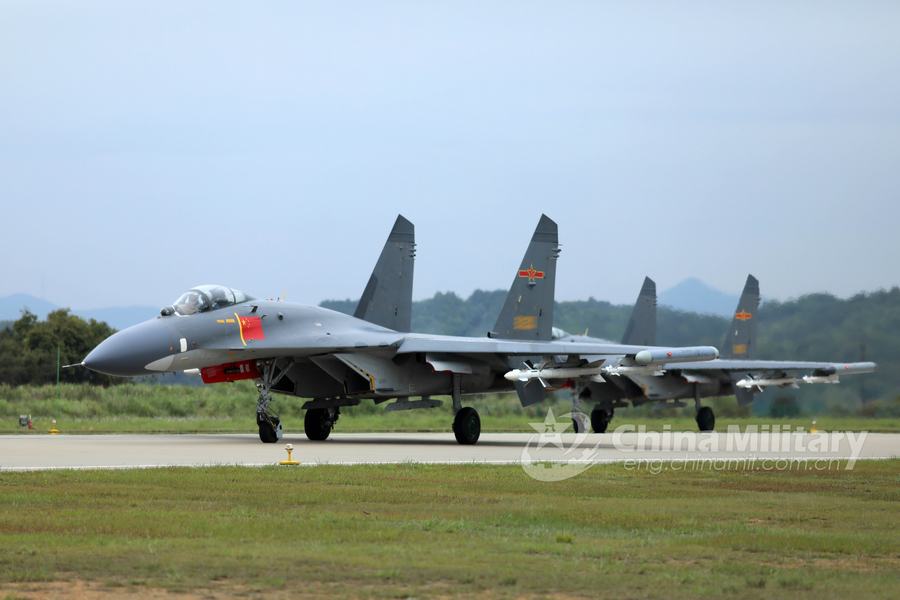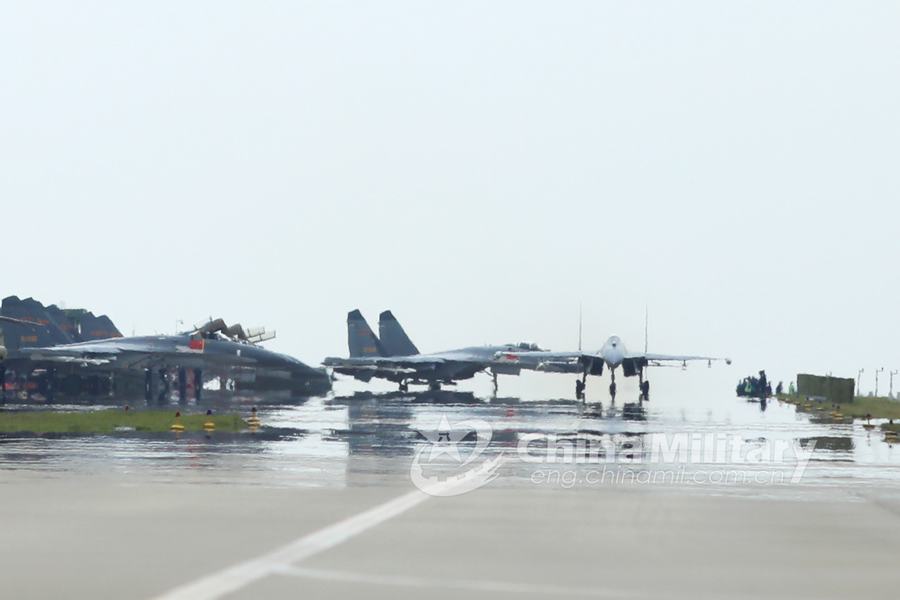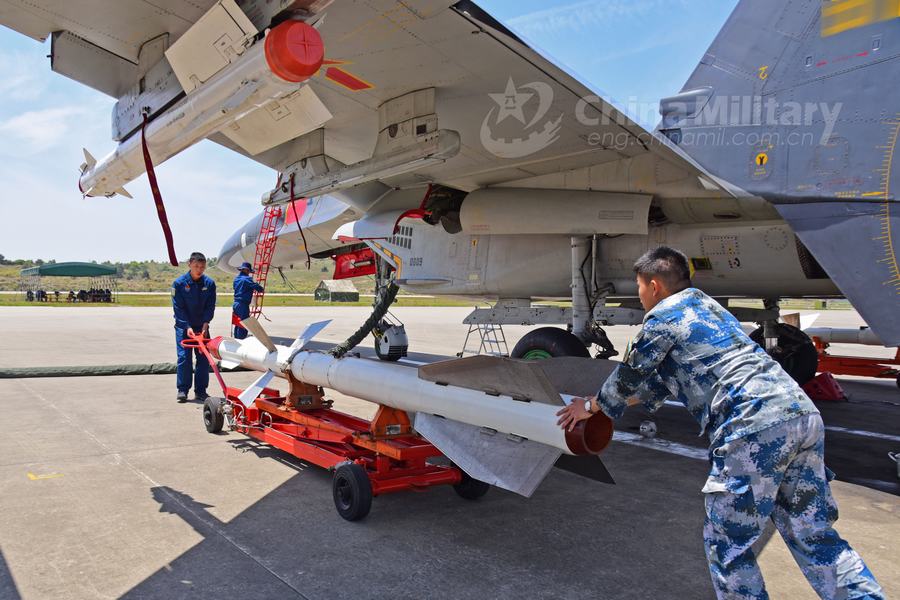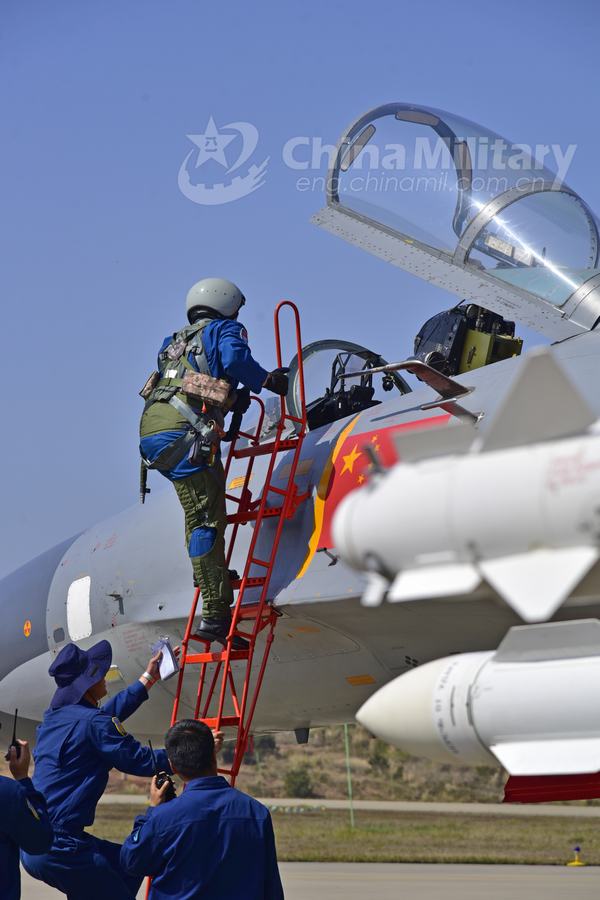The J-11B does not use an AESA radar, that goes to the J-11D which is introduced at a much later date. The J-11B's radar moreover is also comparable to the other variants that Russia offers for its Su-30MKIs and MKMs. And I can understand why Russia is reluctant to include that in the sale after what China did with the Su-27K. What ever suspicions that Russia have before hand however unsubstantiated at the time, were confirmed in this act.
And during the time when the Su-30MKK contract was sign. AESA radars aren't widespread yet, the earliest one. Only Japan and the USA are starting to gradually introduce AESA radars to a few of their fighters at the time. And for export fighters, many nations would not have been able to purchase any AESA radar equipped fighters in significant numbers, the ones that can are already established US customers to begin with anyway.
That China eventually figure AESA radars out themselves is laudable, but it is to be pointed out that they have save significant effort and time adapting the Su-27 airframe to suit their purpose, even if done without permission.
J-11D uses an AESA and at this time, the Su-35 and Su-30SMs are still using PESAs. J-16 also uses an AESA and an operational one whereas Russia still has some time to go before putting one into operational stage.
J-11B uses a slotted array radar that is operational when Phazotron are still offering Zhuk prototypes. Phazotron was offering Zhuks to the Chinese but it is the Russian generals that stopped the exportation of them for fear that the Chinese Su-27s might end up being too advanced compared to what the RuAF had, which still eventually did happen but Russia got no income from that. By then Type 1475 was already considered a second generation slotted array compared to the JL-10 that appeared in JH-7s and Type 1471 that first appeared in later J-8IIs.
At the time when the Su-30MKK contract was signed, slotted array radars were already in use for the last twenty years. Slotted array radars started appearing with the first F-14s, F-15s and F-16s. Even the J-7G had a small slotted array.
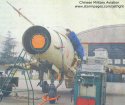
Adapting the Su-27 to AESA did not save significant effort and time --- the J-10s had AESAs first with the J-10B and J-20 prototypes were already flying. The J-11s were in fact, behind with their first AESA planes.
As far as rejection goes, there are many reasons why a radar will be rejected. One very common reason is that it didn't work to the satisfaction of the customer. Also, the Russians are fond of offering prototypes that require quite a bit of development funding to make them fit for operational use. In other words, half baked projects that are charging a fee to get them fully baked. The offers from Phazotron and NIIP are private ventured, not government backed or financed. Rather its the other way around, once the radar has been financed by the Chinese, developed into operational use, the Russians turn around and sells them to other international customers (see Su-30MKK variants in other countries) and eventually adopted to the Russian Air Force (see N001VP or N001VEP radar).



